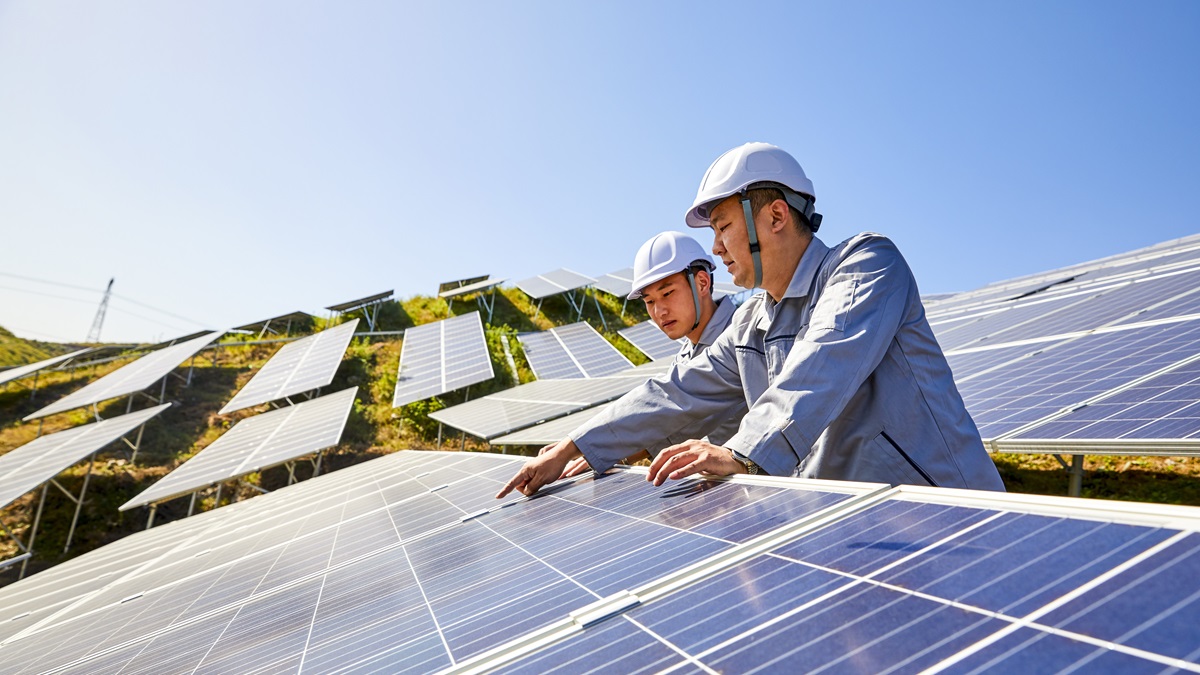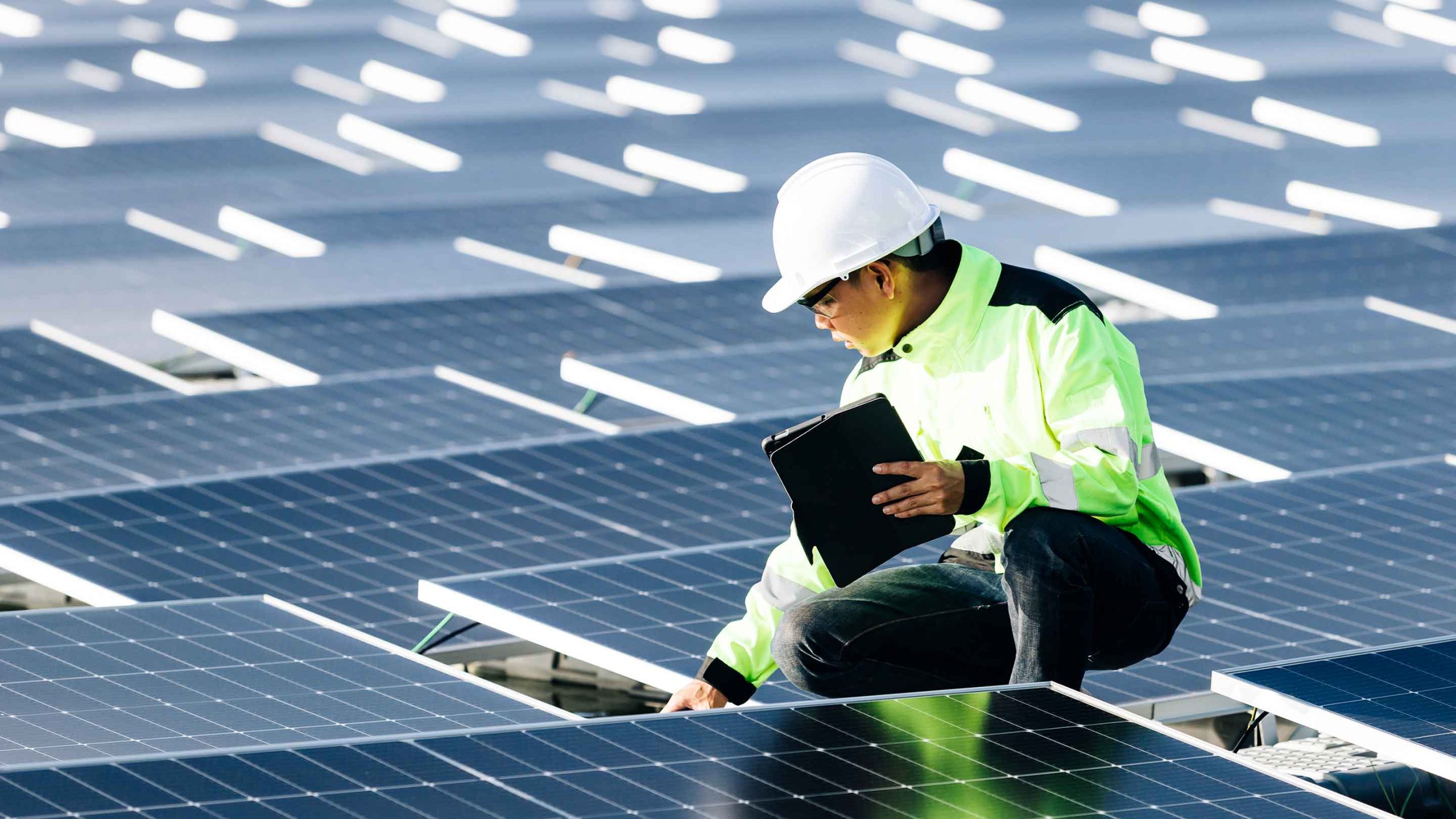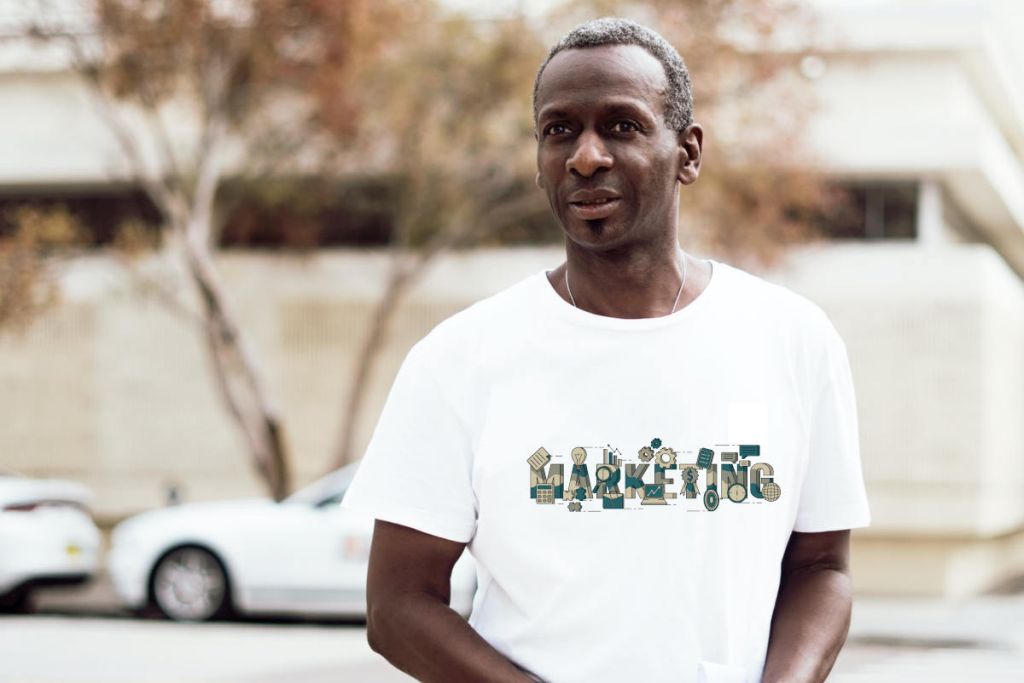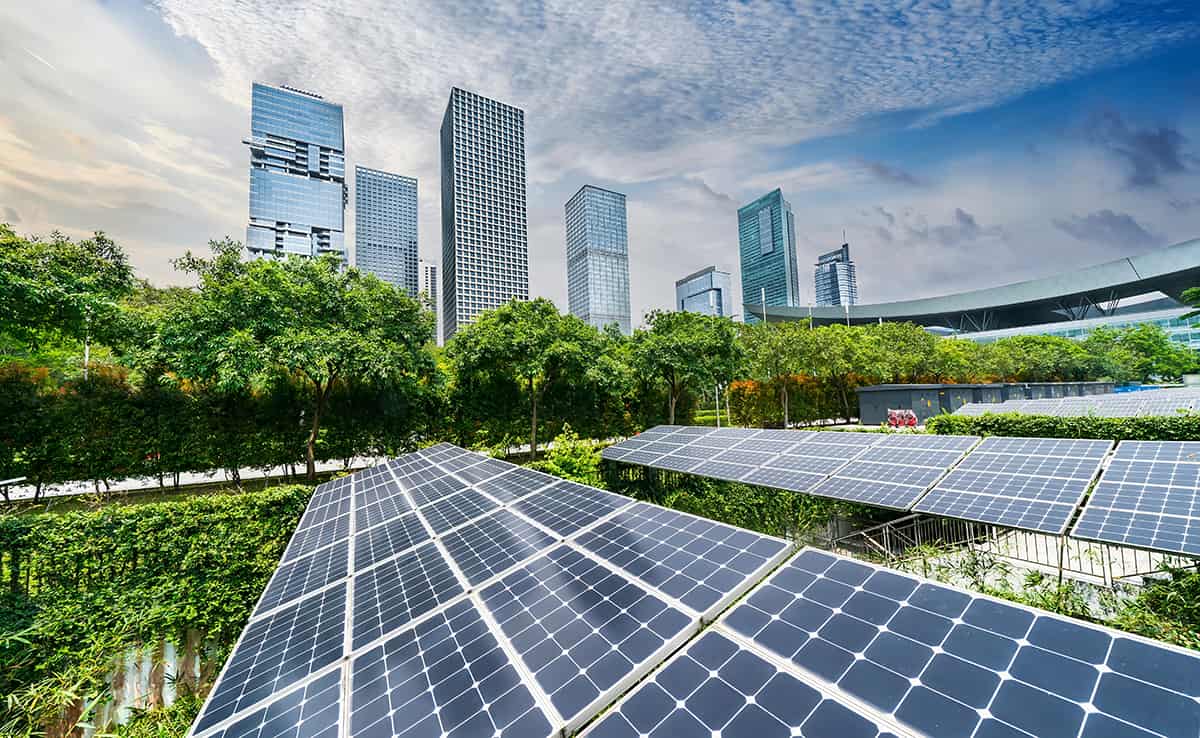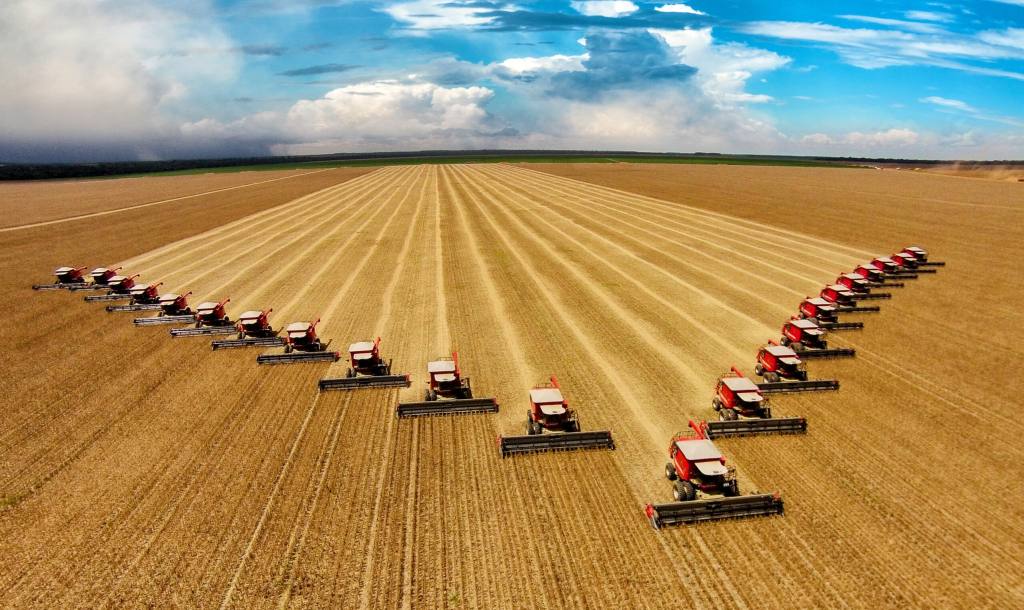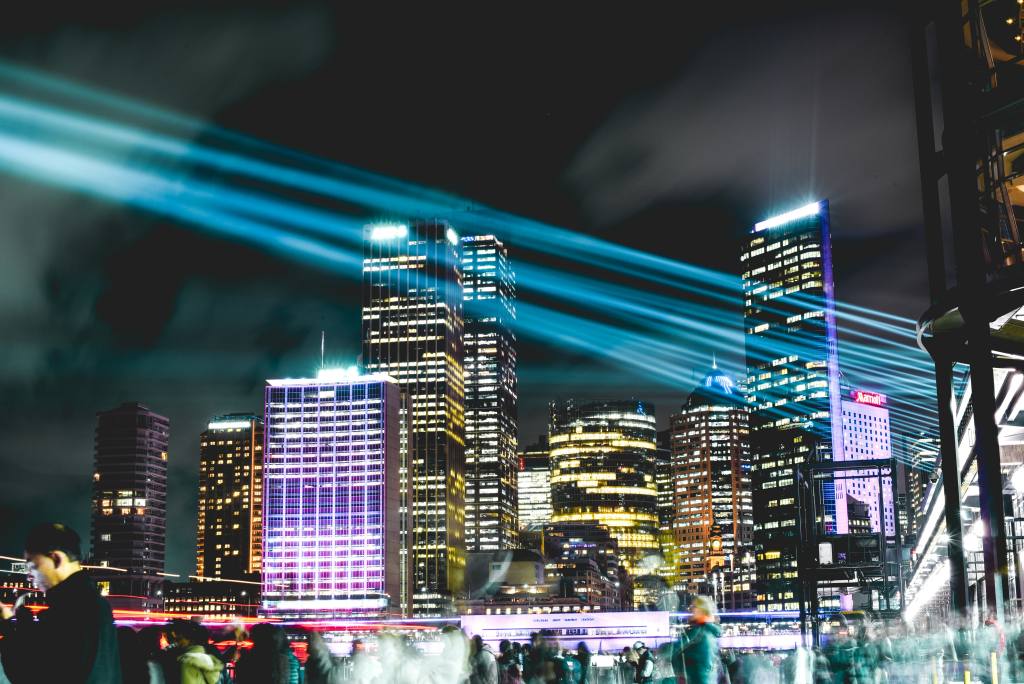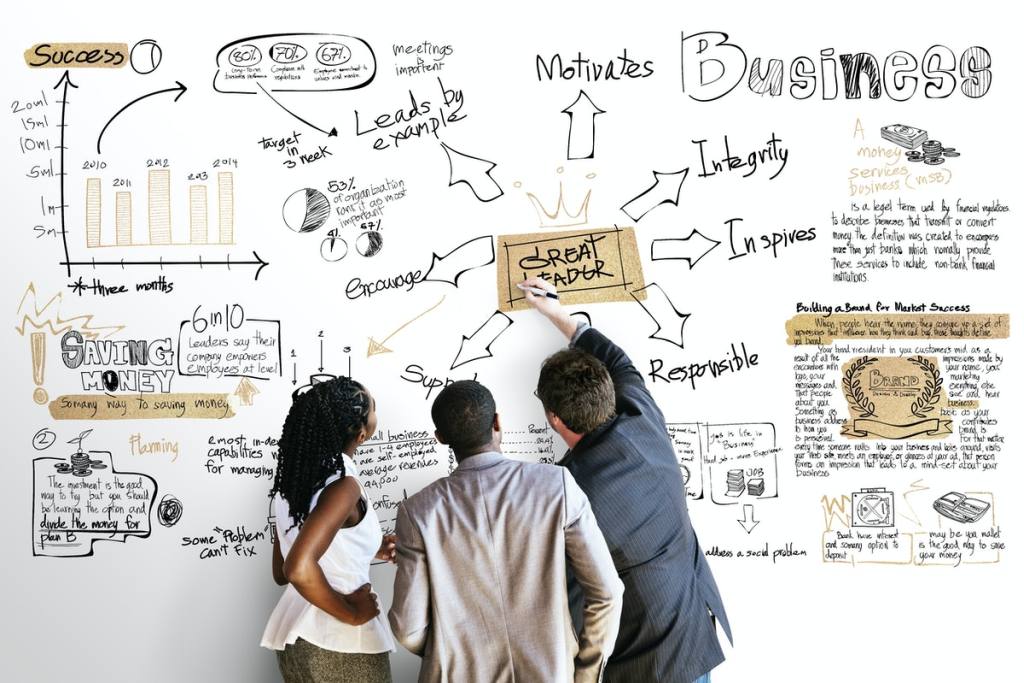Revitalizing Milwaukee’s Inner Harbor: A Plan for Sustainable Development
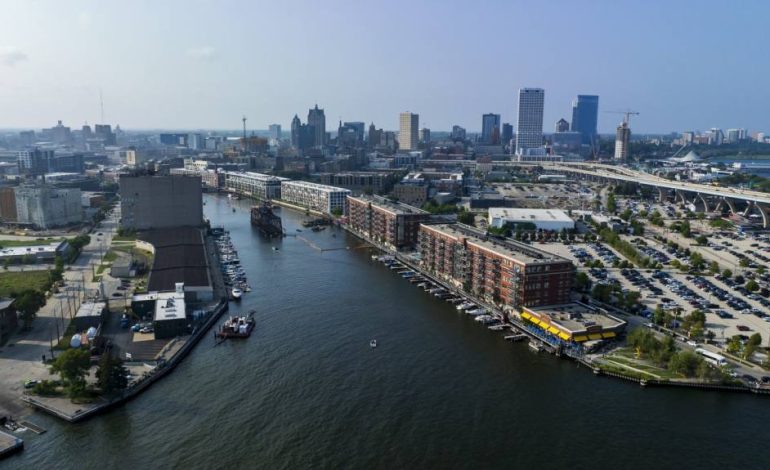
Milwaukee’s Inner Harbor, once a bustling hub of industrial activity, has seen a decline in recent decades. However, the potential for revitalization is immense, offering a chance to breathe new life into the area while prioritizing sustainability. The redevelopment of this historic region can transform it into a vibrant community space, fostering economic growth and environmental stewardship.
Emphasizing Green Infrastructure
Green infrastructure is central to any sustainable development plan, particularly for urban areas like Milwaukee’s Inner Harbor. Incorporating green roofs, rain gardens, and permeable pavements can significantly reduce stormwater runoff, mitigating the risk of flooding and improving water quality. Additionally, expanding green spaces provides recreational areas for residents and visitors, enhancing the overall quality of life. By integrating these elements into the design, the Inner Harbor can become a model for urban sustainability, aligning with the city’s broader environmental goals.
Restoring Ecological Balance
Restoring the ecological balance of the Inner Harbor is another crucial aspect of sustainable development. Over the years, industrial activity has disrupted local ecosystems, leading to a decline in biodiversity. A comprehensive restoration plan should focus on rehabilitating wetlands, reintroducing native plant species, and cleaning up polluted waterways. These efforts can help restore the natural habitat for wildlife, promoting biodiversity and creating a healthier environment for the community. Furthermore, such initiatives can attract eco-tourism, providing educational opportunities about the importance of environmental conservation.
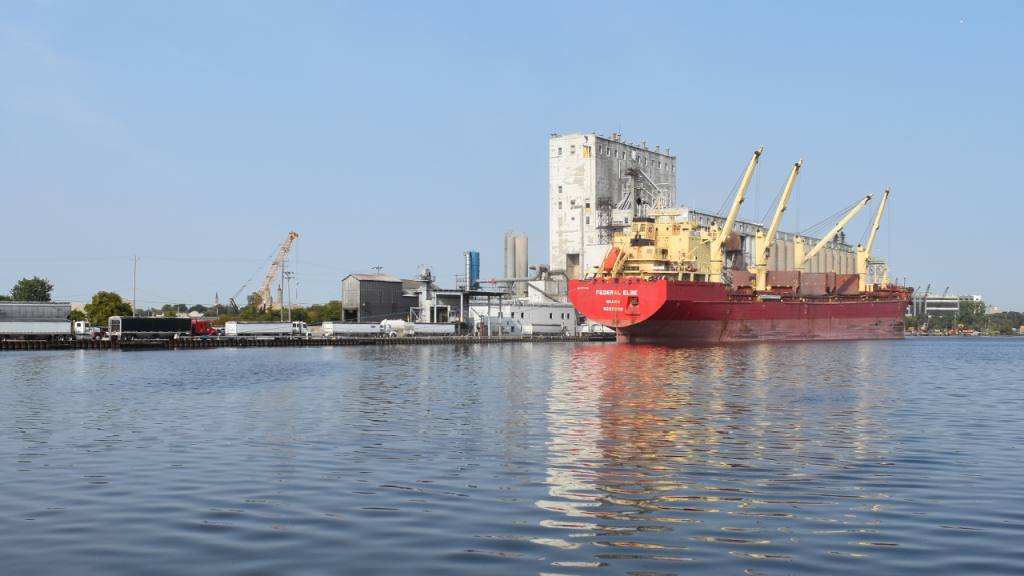
Promoting Economic Development
Sustainable development should not only benefit the environment but also stimulate economic growth. The revitalization of the Inner Harbor presents a unique opportunity to create jobs and attract new businesses. Focusing on industries that prioritize sustainability, such as green technology firms, can drive long-term economic stability. Additionally, developing mixed-use spaces that combine residential, commercial, and recreational areas can draw people to the harbor, fostering a sense of community and boosting local businesses. The inclusion of affordable housing options ensures that the benefits of development are shared broadly, promoting economic equity.
Engaging the Community
For the revitalization of the Inner Harbor to be truly successful, it must involve the local community at every stage. Engaging residents, businesses, and other stakeholders in the planning process ensures that the development meets the needs and desires of those who will be most affected by it. Community input can guide decisions on the types of amenities and services that should be included, such as public parks, cultural centers, or transportation options. Moreover, fostering a sense of ownership among residents can lead to greater long-term investment in the area, helping to sustain the revitalization efforts over time.
Conclusion
Revitalizing Milwaukee’s Inner Harbor is a complex task that requires careful planning and a commitment to sustainability. By emphasizing green infrastructure, restoring ecological balance, promoting economic development, and engaging the community, the harbor can be transformed into a vibrant and sustainable urban space. This redevelopment not only honors the area’s industrial past but also lays the groundwork for a brighter, greener future. As this project moves forward, staying informed through resources like the city’s redevelopment website will be crucial for those interested in the progress and impact of these initiatives.


